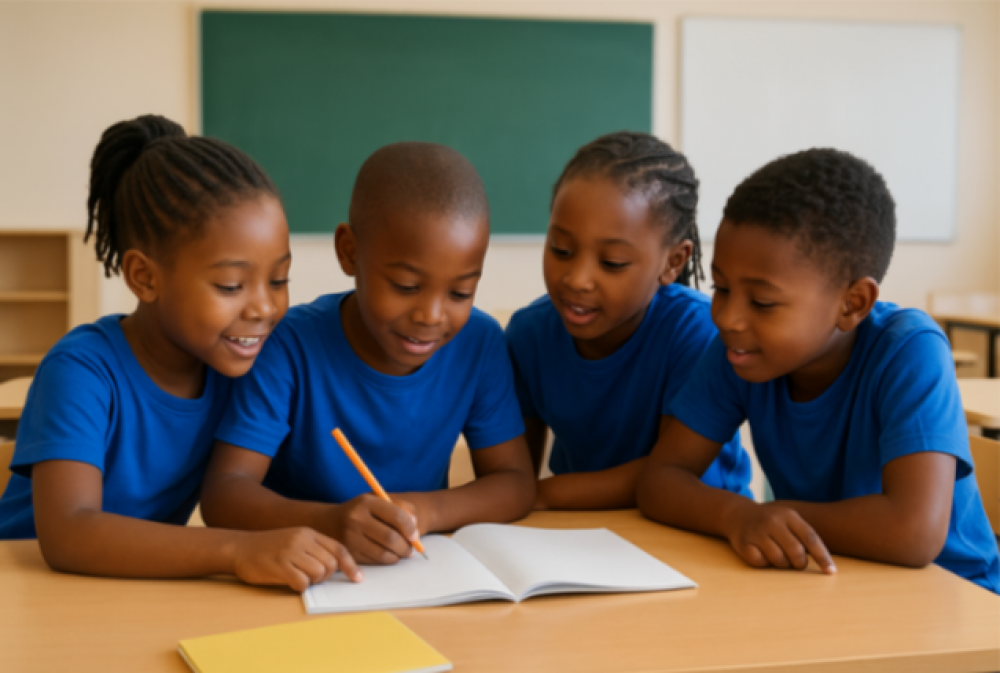
One of the most beautiful things we can nurture in children is their ability to learn with and from one another. In primary school, teamwork and peer learning aren’t just classroom activities — they’re powerful tools that shape confidence, empathy, and a lifelong love for learning.
What Is Peer Learning?
It’s when children learn together — explaining ideas, sharing skills, and helping one another understand new concepts. It’s not just group work; it’s about building collaboration, patience, and respect.
Why It Matters?
1. It builds confidence and communication.
Explaining ideas helps children clarify their thoughts and find their voices.
2. It teaches empathy and teamwork.
Learning together helps children appreciate different viewpoints and care about others’ success.
3. It strengthens understanding.
Teaching a peer helps both children learn better — as the saying goes, “To teach is to learn twice.”
It makes learning more fun.
Children are naturally social; learning alongside friends keeps them engaged and motivated.
A Quick Example
In one of our Grade 2 Science lessons, students were paired — one confident, one needing support. They took turns explaining how constellations happen, then quizzed each other. Both children in each group ended up with a clearer understanding and a stronger bond.
That’s the beauty of teamwork: everyone grows.
How We Can Encourage It?
Teachers can set clear group roles, rotate teams, and praise helpfulness.
Parents can ask children to “teach” what they learned at school — it reinforces understanding and builds pride.
*
When children learn together, they grow together.
Peer learning doesn’t just make smarter students — it builds compassionate, confident world changers.